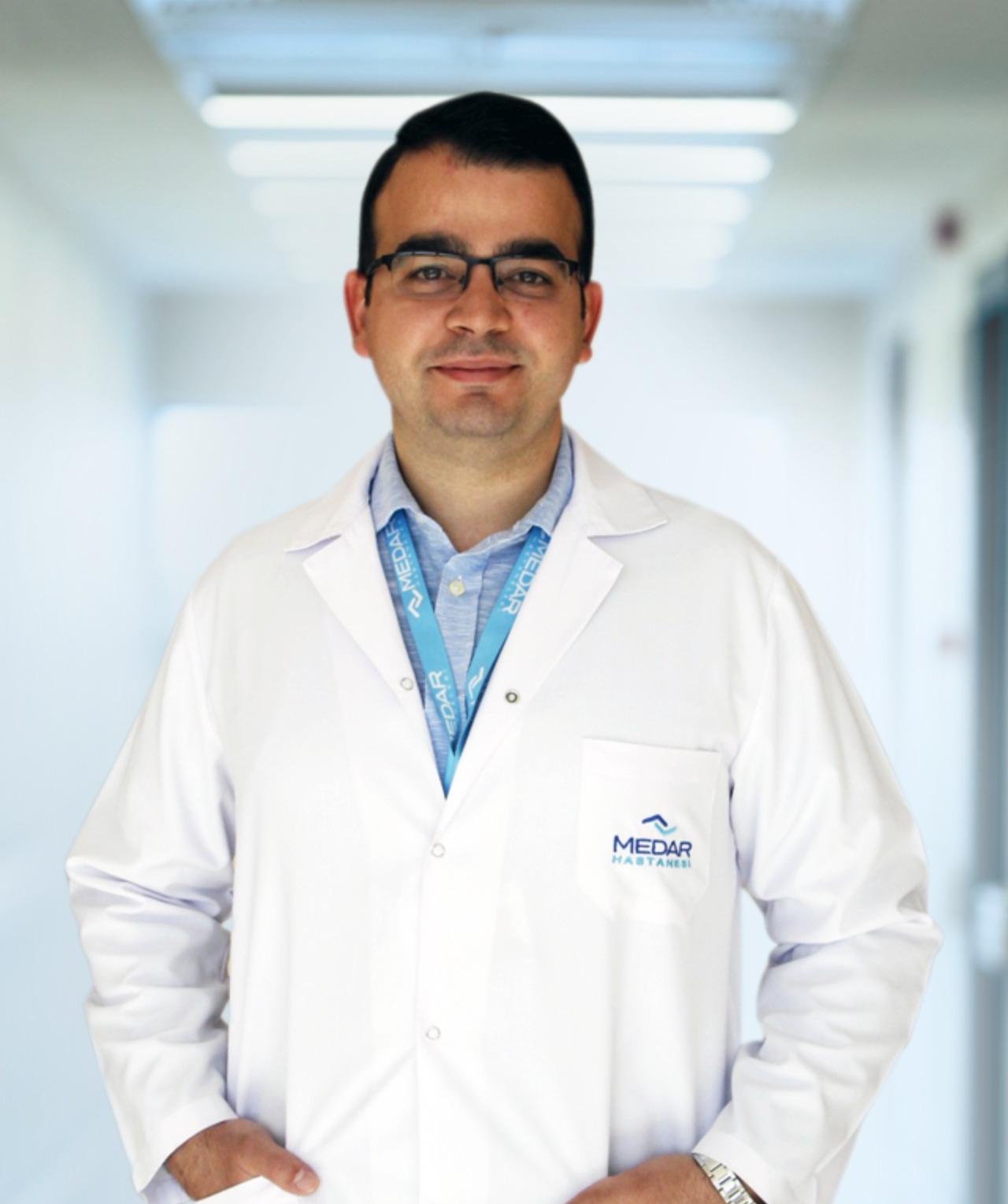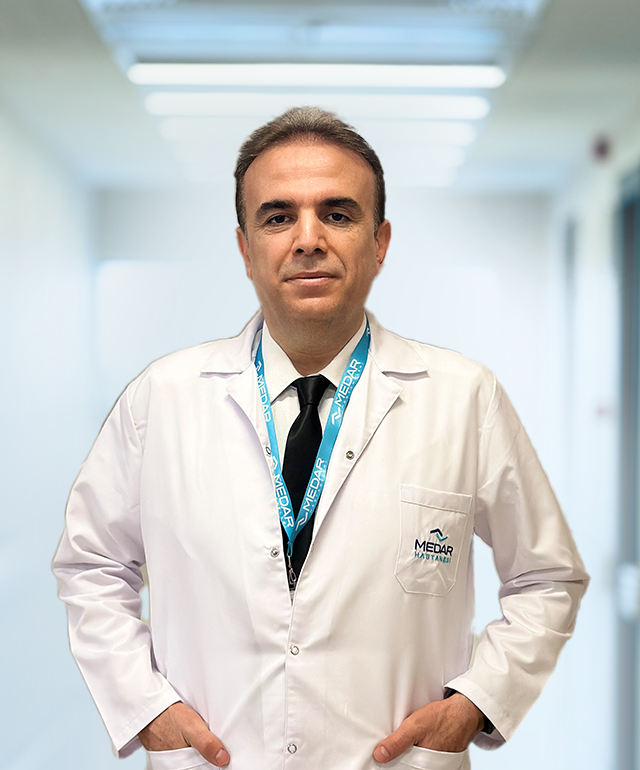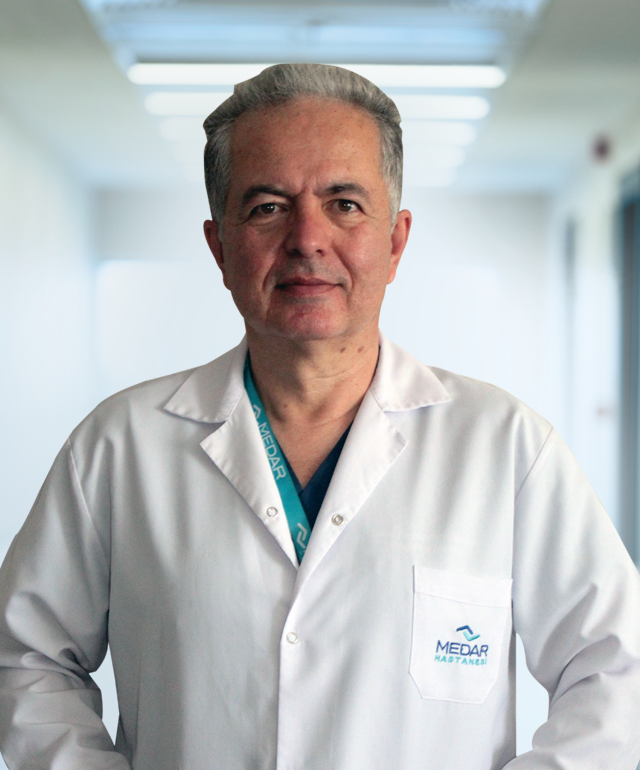|
It is a branch of medicine that provides diagnostic services using X-rays, sound waves and other methods. Jewelry, glasses and metal objects should be removed according to the area where the shooting will be done. Patients do not need to make preliminary preparations for the extraction of lung and bone structures.
Hysterosalpingography:
It is an important examination in the evaluation of infertility. During the procedure, 5-10 ml of contrast material is administered to the uterus through the vaginal route. With this method, it is investigated whether the tubes are open and if there is an obstruction, at what level the obstruction is. Polyp in the uterine cavity, fibroids or whether the uterus is adjacent. The most suitable period for the examination is the day after the end of the menstrual period. Intravenous Pyelography(IVP):
In IVP, known as medicated kidney film, the contrast agent that can be seen under X-ray is given intravenously as IVP. This substance is filtered through the kidneys and excreted into the urinary tract. It is possible to view all urinary tract and stones, the structure of the kidneys, and kidney diseases in the films taken while the substance passes through the kidneys and canals. The applied study takes 30 minutes under normal conditions.
Ultrasonography:
Ultrasound is a diagnostic method that displays the internal organs by using sound waves with a frequency that is too high for the human ear to hear. X-rays are not used in ultrasound studies. Therefore, it is easily used by pregnant women and babies. Generally, soft tissue, spleen, pancreas, liver, kidneys, gall bladder, bladder, ovaries, enlargement of intra-abdominal organs such as hips and uterus in infants, thyroid nodules, appendicitis, ovarian cysts and tumors in the abdomen are some of the diseases that can be diagnosed by ultrasonography. For ultrasound of the organs in the abdomen, the patient must be on an empty stomach. In addition, the patient must be constricted with urine for the examination of the bladder, ovaries and uterus.
Doppler Ultrasonography:
With the Doppler ultrasonography method, we can examine the blood flow of an organ or vein. Through these methods;
Arm and leg veins
blood vessels feeding the kidney
vessels that feed the liver
Maternal and fetal veins in pregnant women
In men, veins waiting for the testicles
The vascular structure of a mass formed in any part of the body can be examined.
Mammography:
It has great importance because breast cancer is so common today. Early diagnosis and treatment of cancer is very important. Mass formations can be detected as a result of manual and visual examination. People can palpate themselves. In developed countries, women over the age of 40 are routinely screened for mammography. In women under the age of 35, mammography does not provide enough information due to the density of the mammary glands in the breast tissue. Therefore, young women are directed to USG.
When can a mammogram be done?
Every woman over the age of 20 should check her breast every month.
Women aged 40-49 should have a mammogram 1-2 times a year.
When you see nipple redness, retraction, deformity, thickening of the breast skin, etc.
Caffeinated drinks should be stopped 2-3 days before arrival. (caffeine sensitizes breast tissue)
On the day of mammography, do not use perfume powder etc. (some perfumes can aid radiopaque assessment)
The appropriate time is 1 week after the menstrual period.
|








